

Articles
How To Store Lily Bulbs
Modified: December 7, 2023
Learn the best techniques for storing lily bulbs in our informative articles. Ensure their freshness and longevity with our expert tips and tricks.
(Many of the links in this article redirect to a specific reviewed product. Your purchase of these products through affiliate links helps to generate commission for Storables.com, at no extra cost. Learn more)
Introduction
Welcome to our comprehensive guide on how to store lily bulbs! Whether you are an avid gardener or just getting started in the wonderful world of gardening, knowing how to properly store lily bulbs is essential for their survival during the off-season. Lily bulbs are not only beautiful flowers but also delicate organisms that require a specific set of conditions to thrive.
In this article, we will take you through the process of understanding lily bulbs, preparing them for storage, choosing the right storage location, storing them correctly, and monitoring their condition throughout the storage period. We will also provide insights on winter care and tips for successfully replanting the stored bulbs. By following these guidelines, you can ensure the longevity of your lily bulbs and enjoy their vibrant blooms season after season.
So, let’s roll up our sleeves and delve into the world of lily bulbs!
Key Takeaways:
- Properly storing lily bulbs involves understanding their types, characteristics, and optimal storage conditions. Preparation, suitable storage location, monitoring, and winter care are essential for ensuring their longevity and vibrant blooms.
- Harvesting, cleaning, inspecting, and choosing the right storage location are crucial steps in preparing and storing lily bulbs. Regular monitoring, proper replanting, and winter protection contribute to their continued health and beauty.
Read more: How To Store Calla Lily Bulbs
Understanding Lily Bulbs
Before we dive into the storage process, let’s first understand the different types of lily bulbs, their characteristics, and the optimal conditions required for storing them.
Types of Lily Bulbs
Lily bulbs are classified into various types based on their growth habits and flower forms. The most common types include Asiatic lilies, Oriental lilies, Trumpet lilies, and Martagon lilies. Each type exhibits unique features, such as different bloom colors, heights, and textures. It’s essential to know the specific type of lily bulbs you have as different types may have varying storage requirements.
Characteristics of Lily Bulbs
Lily bulbs are fascinating biological structures that contain the embryonic plant and store essential nutrients for growth. The bulbs consist of scales or layers that protect the developing shoot inside. The size and shape of the bulb may vary depending on the species and age of the bulb. Mature lily bulbs have a well-developed basal plate, which is the bottom part where roots emerge.
Optimal Conditions for Storing Lily Bulbs
Proper storage conditions are crucial for maintaining the vitality of lily bulbs during the dormant period. The ideal storage temperature for most lily bulbs ranges from 35°F to 50°F (1.5°C to 10°C), which helps prevent premature sprouting. High humidity levels around 70% to 80% are recommended to prevent bulbs from drying out. It’s essential to keep the bulbs in a cool, dark place away from direct sunlight and extreme temperature fluctuations.
Now that we have a better understanding of the types of lily bulbs, their characteristics, and optimal storage conditions, we can proceed to the next steps of preparing the bulbs for storage.
Read more: How To Store Easter Lily Bulbs
Preparing Lily Bulbs for Storage
Proper preparation of lily bulbs before storage is crucial for their long-term survival. This involves harvesting the bulbs at the right time, cleaning and prepping them, and inspecting for any damage or diseases.
Harvesting Lily Bulbs
The timing of bulb harvesting is essential, as it affects the bulbs’ ability to withstand the storage period. It is recommended to harvest the bulbs after the foliage has turned yellow and started to wither. Gently dig around the plants, being careful not to damage the bulbs, and lift them from the ground. Shake off excess soil and separate the bulbs from the foliage.
Cleaning and Prepping Lily Bulbs
Once the bulbs are harvested, they need to be cleaned and prepped before storage. Start by gently brushing off any remaining dirt or debris on the surface of the bulbs. Avoid using water, as excessive moisture can lead to rot. Trim off any remaining foliage, leaving only a small stub, as this will help the bulb conserve energy during storage.
Inspecting for Damage or Diseases
Before storing the bulbs, it’s crucial to inspect them for any signs of damage or diseases. Look for bruises, cuts, or any physical damage that may have occurred during harvesting. Discard any bulbs that are excessively damaged, as they are more prone to rot and can infect other bulbs during storage. Additionally, check for any signs of diseases such as mold, fungal growth, or soft spots. It’s important to remove any infected bulbs to prevent the spread of diseases to healthy bulbs.
By following these steps and ensuring the bulbs are properly harvested, cleaned, and inspected, you can significantly increase the chances of successful storage and healthy blooms in the future.
Read more: How To Store Spider Lily Bulbs
Choosing the Right Storage Location
Once the lily bulbs are prepared for storage, it’s crucial to choose the right location that provides optimal conditions for their dormancy. Consider the following factors when selecting a storage location: temperature and humidity requirements, light conditions, and ventilation.
Temperature and Humidity Requirements
Lily bulbs require cool temperatures and high humidity levels to remain dormant during storage. The ideal temperature range for most lily bulbs is between 35°F to 50°F (1.5°C to 10°C). It’s important to avoid storing the bulbs in areas where the temperature is prone to fluctuations, as this can trigger premature sprouting. Additionally, aim for a humidity level around 70% to 80% to prevent the bulbs from drying out. You can achieve this by placing the bulbs in a damp storage medium, such as peat moss or vermiculite.
Light Conditions
Lily bulbs prefer darkness during their dormant period. Exposure to light can cause the bulbs to break dormancy prematurely, resulting in stunted growth or even death. Choose a storage location that is dark or minimally lit to protect the bulbs from light exposure. This can be a basement, cellar, or a dark closet.
Ventilation and Air Circulation
Proper ventilation is essential to prevent the buildup of excess moisture around the stored bulbs, which can lead to rot or fungal diseases. Choose a storage location that provides adequate air circulation. Avoid storing the bulbs in a tightly sealed container or in an area with poor airflow. This helps maintain a healthy environment and prevents the accumulation of stale air.
By considering these factors and selecting a storage location that meets the temperature and humidity requirements, provides darkness, and ensures proper ventilation, you can create an ideal environment for the lily bulbs’ dormancy period.
Read more: How To Store Calla Lily Seeds
Storing Lily Bulbs
Once you have chosen the right storage location, it’s time to store the lily bulbs properly. This involves selecting suitable containers, using the right storage mediums, and arranging the bulbs for storage.
Choosing Suitable Containers
When it comes to storing lily bulbs, selecting the right containers is crucial. Opt for containers that are well-ventilated, durable, and of a size suitable for the number of bulbs you have. Avoid using plastic bags or airtight containers, as they can trap moisture and promote rotting. Instead, consider using mesh bags, cardboard boxes, or wooden crates that allow air circulation while protecting the bulbs from physical damage.
Using Proper Storage Mediums
The choice of storage mediums can greatly impact the condition of the bulbs during storage. Commonly used storage mediums for lily bulbs include peat moss, vermiculite, or dry sand. These mediums help maintain the required humidity levels around the bulbs and prevent excessive moisture or drying. Place a layer of the storage medium at the bottom of the container and gently nestle the bulbs into it. Add more storage medium, ensuring that the bulbs are completely covered, without excessive pressure that may lead to bruising or rotting.
Arranging Bulbs for Storage
Arranging the bulbs properly within the storage container is important to prevent them from touching or rubbing against each other, which can cause damage. Place the bulbs in a single layer, leaving some space between them. If you have a large number of bulbs, consider using multiple containers to avoid overcrowding. Label the containers with the variety and planting date for easy identification when it’s time to replant.
By choosing suitable containers, using proper storage mediums, and arranging the bulbs with care, you can ensure the longevity and wellbeing of the lily bulbs during their storage period.
Read more: How To Store Canna Lily Seeds
Monitoring and Maintaining Bulbs during Storage
Proper monitoring and maintenance are crucial to ensure the health and vitality of lily bulbs during their storage period. Regularly inspecting for signs of decay or rot, controlling temperature and humidity levels, and preventing pests and diseases are essential for the successful storage of lily bulbs.
Regular Inspection for Signs of Decay or Rot
It’s important to regularly inspect the stored bulbs for any signs of decay or rot. Check for soft spots, mold, or foul odors, which may indicate fungal or bacterial infections. Remove any affected bulbs immediately to prevent the spread of diseases to healthy bulbs. Regular inspections also allow you to identify any damage or issues early on, giving you a chance to address them before they worsen.
Controlling Temperature and Humidity Levels
Monitoring and controlling temperature and humidity levels is crucial for maintaining the health of lily bulbs during storage. Periodically check the storage location to ensure that the temperature remains within the recommended range of 35°F to 50°F (1.5°C to 10°C). Additionally, check the humidity levels and adjust as needed. If the bulbs appear to be drying out, you can lightly mist them with water or add some moisture to the storage medium. On the other hand, if excess moisture is present, you may need to increase ventilation to prevent rot.
Preventing Pests and Diseases
Pests and diseases can pose significant threats to the stored bulbs. Inspect the containers and bulbs for any signs of pests such as mites, thrips, or small worms. If detected, consider using organic pest-control methods or consult with a gardening professional for advice. To prevent diseases, ensure good airflow and ventilation around the bulbs, as stagnant air can promote fungal growth. Avoid storing bulbs that have been previously affected by diseases, as they can spread to healthy bulbs.
By regularly inspecting for decay or rot, controlling temperature and humidity levels, and taking preventive measures against pests and diseases, you can significantly increase the chances of successfully storing lily bulbs and ensuring their health for future growth and blooming.
Read more: How To Plant Lily Seeds
Winter Care and Replanting Lily Bulbs
As the storage period comes to an end and the winter season approaches, it’s time to prepare the lily bulbs for planting and ensure their winter protection for future growth. Properly preparing the bulbs for planting, following tips for successful replanting, and providing winter protection are essential steps in ensuring the continued health and vitality of the lily bulbs.
Preparing Bulbs for Planting
Before replanting the stored lily bulbs, it’s important to prepare them for optimal growth. Start by gently removing the bulbs from the storage containers and inspecting them for any signs of damage or disease. Remove any damaged bulbs and discard them. If the bulbs appear slightly shriveled, you can soak them in water for a few hours to rehydrate them before planting.
Tips for Successful Replanting
When replanting the lily bulbs, there are a few tips to keep in mind to ensure successful growth and blooming. First, choose an appropriate planting location that offers well-draining soil and receives adequate sunlight. Lily bulbs thrive in full or partial sun and prefer soil that is rich in organic matter. Plant the bulbs at a depth of about three times their diameter, with the pointy end facing up. Space the bulbs according to the specific variety and their mature size, usually 6 to 12 inches apart.
Additionally, it’s important to provide proper care and maintenance for the replanted bulbs. Water the bulbs thoroughly after planting, and continue to water regularly throughout the growing season, keeping the soil consistently moist but not waterlogged. Apply a layer of organic mulch around the plants to help retain moisture and suppress weed growth. Monitor the lilies for any signs of pests or diseases and take appropriate measures if necessary.
Ensuring Winter Protection for Future Growth
Once the lily bulbs are replanted, it’s crucial to provide them with proper winter protection to ensure their survival and future growth. Apply a layer of insulating mulch such as straw, dry leaves, or pine needles around the plants in late fall before the first frost. This mulch will help protect the bulbs from extreme temperature fluctuations and provide insulation against freezing temperatures.
In regions with harsh winters, you can also consider using protective coverings such as burlap or frost blankets to shield the lilies from strong winds and excessive cold. These coverings can be placed over the plants and secured with stakes or weights to prevent them from blowing away. Remember to remove the coverings in early spring when the danger of frost has passed.
By following these steps for winter care, preparing the bulbs for planting, using replanting tips, and providing proper winter protection, you can help ensure the continued health and success of your lily bulbs.
Read more: How To Grow Lily Seeds
Conclusion
Properly storing lily bulbs is essential for their survival and future growth. By understanding the different types of lily bulbs, their characteristics, and the optimal conditions required for storage, you can ensure their well-being. Preparing the bulbs for storage by harvesting them at the right time, cleaning and prepping them, and inspecting for any damage or diseases sets the stage for successful storage.
Choosing the right storage location that provides the ideal temperature and humidity levels, darkness, and proper ventilation is crucial for maintaining the bulbs’ dormancy. Storing the bulbs in suitable containers and using the correct storage mediums ensures their protection and vitality. Regular monitoring and maintenance during storage, including inspecting for signs of decay or rot, controlling temperature and humidity levels, and preventing pests and diseases, further contribute to the bulbs’ long-term health.
When it’s time to replant the stored lily bulbs, proper preparation, such as hydrating the bulbs if needed, and following replanting tips, including choosing an appropriate location and providing proper care, are vital for their successful growth and blooming. Ensuring winter protection through insulating mulch and coverings in regions with harsh winter conditions shields the bulbs from extreme temperatures and winds, setting them up for future growth and beauty.
In conclusion, by following the guidelines outlined in this comprehensive guide, you can confidently store lily bulbs and ensure their survival during the off-season. With proper preparation, storage, and care, you can enjoy the vibrant and stunning blooms of lilies year after year, adding beauty and joy to your garden.
Curious about sprucing up your outdoor space after ensuring your lily bulbs are safely stored? Dive into our insightful guide on unique garden fence ideas. Whether you're looking to add a touch of privacy or just enhance your garden’s aesthetic, these creative solutions cater to every taste and style. Get inspired to transform your garden into a delightful retreat.
Frequently Asked Questions about How To Store Lily Bulbs
Was this page helpful?
At Storables.com, we guarantee accurate and reliable information. Our content, validated by Expert Board Contributors, is crafted following stringent Editorial Policies. We're committed to providing you with well-researched, expert-backed insights for all your informational needs.
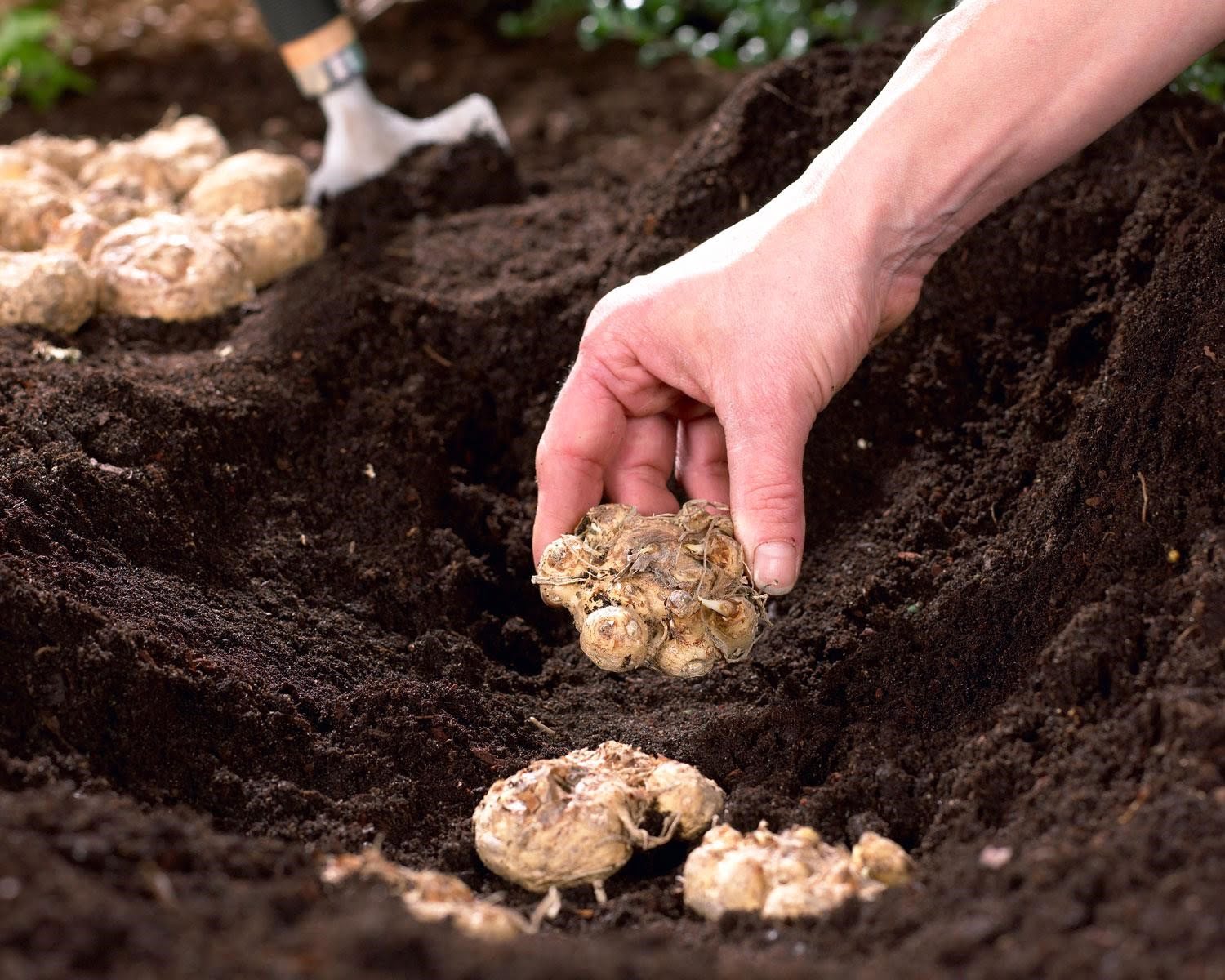
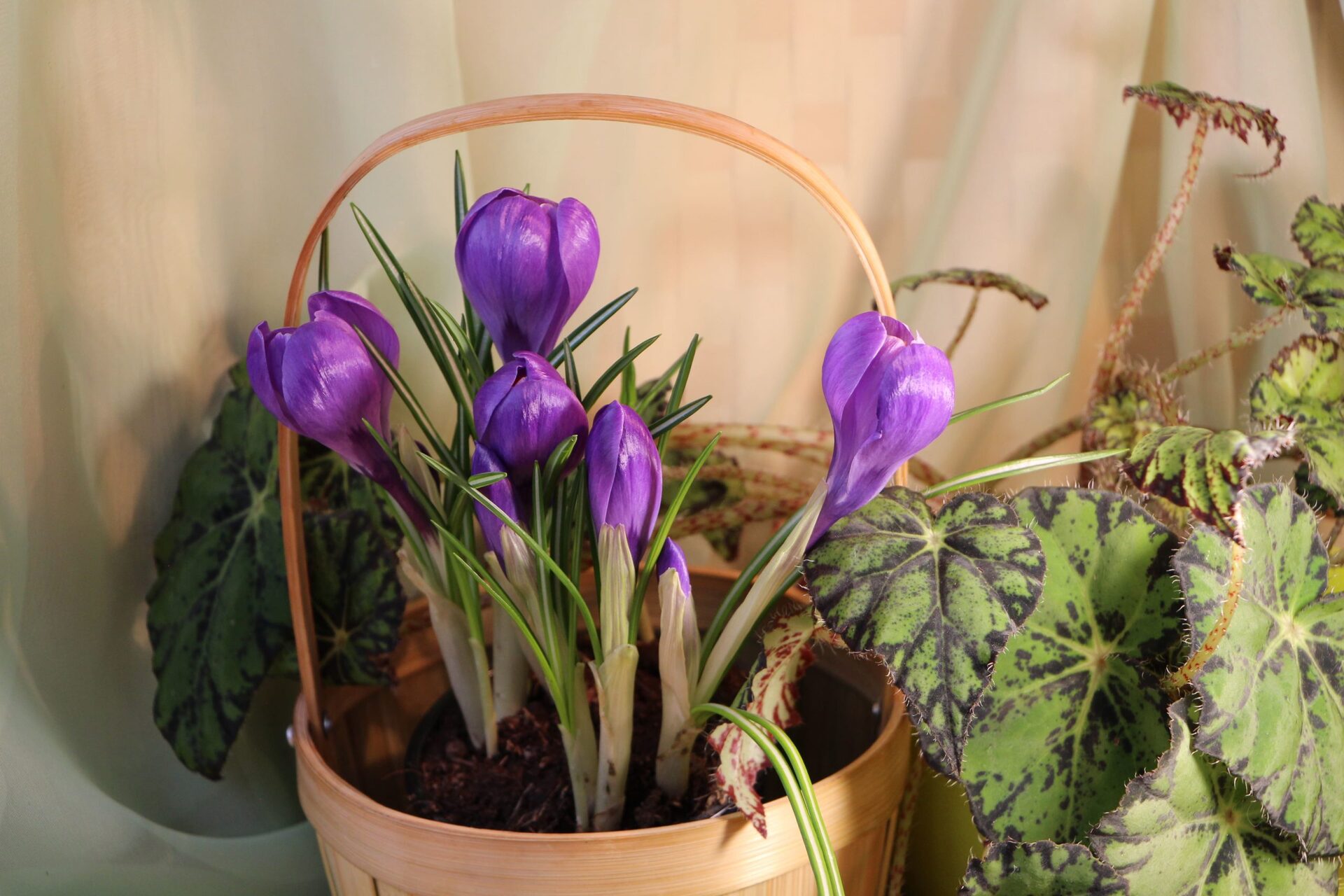

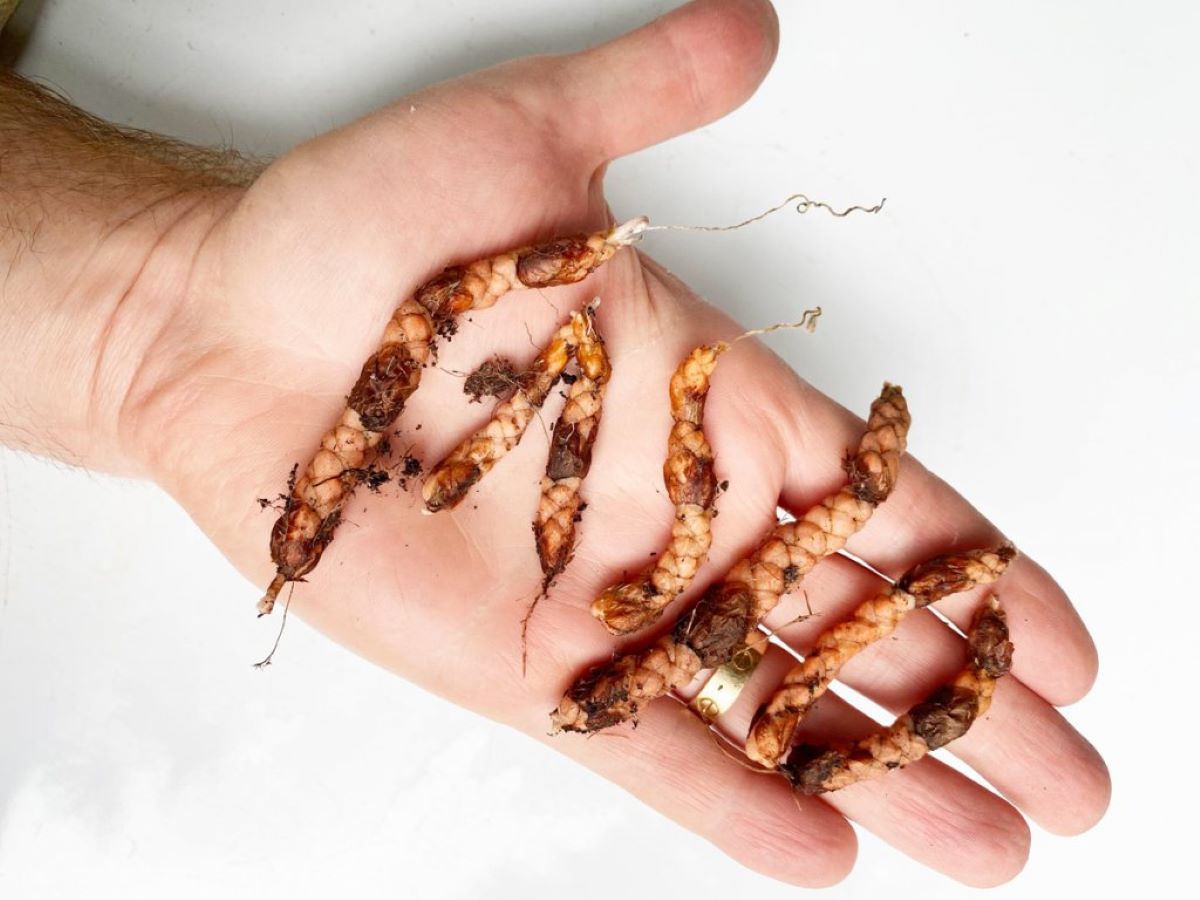
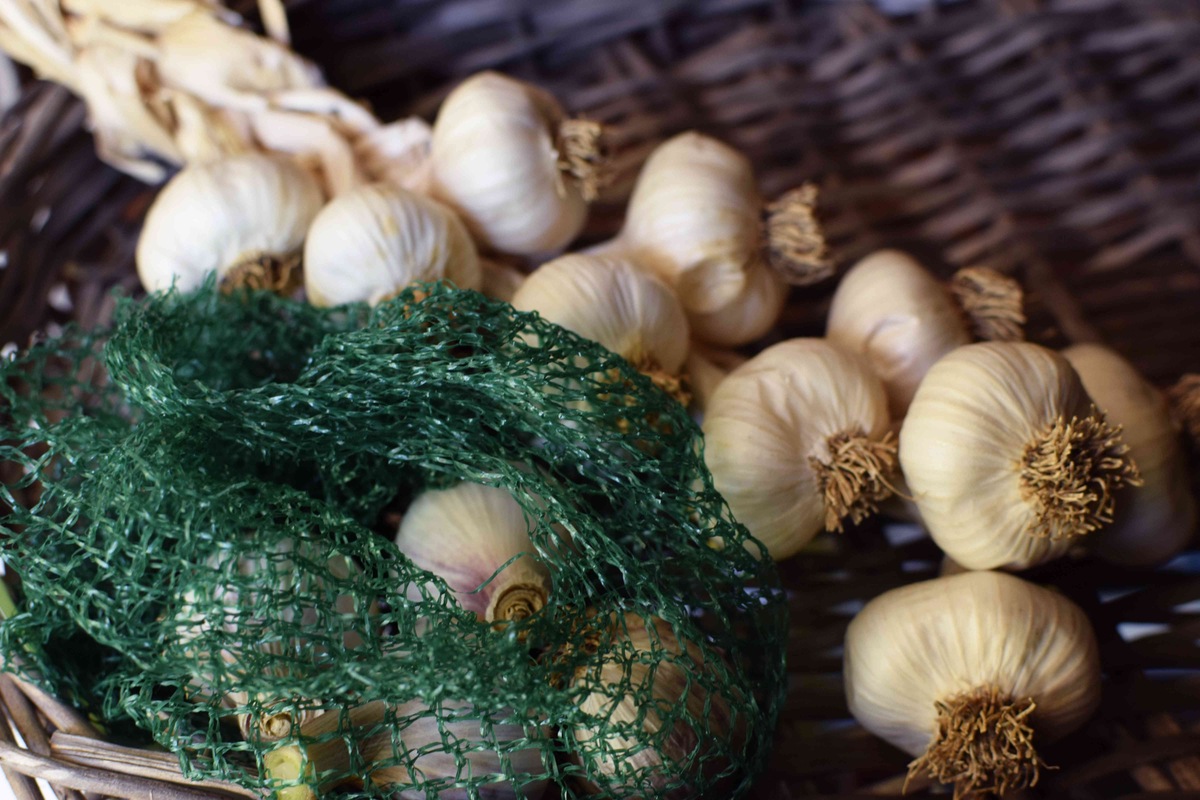
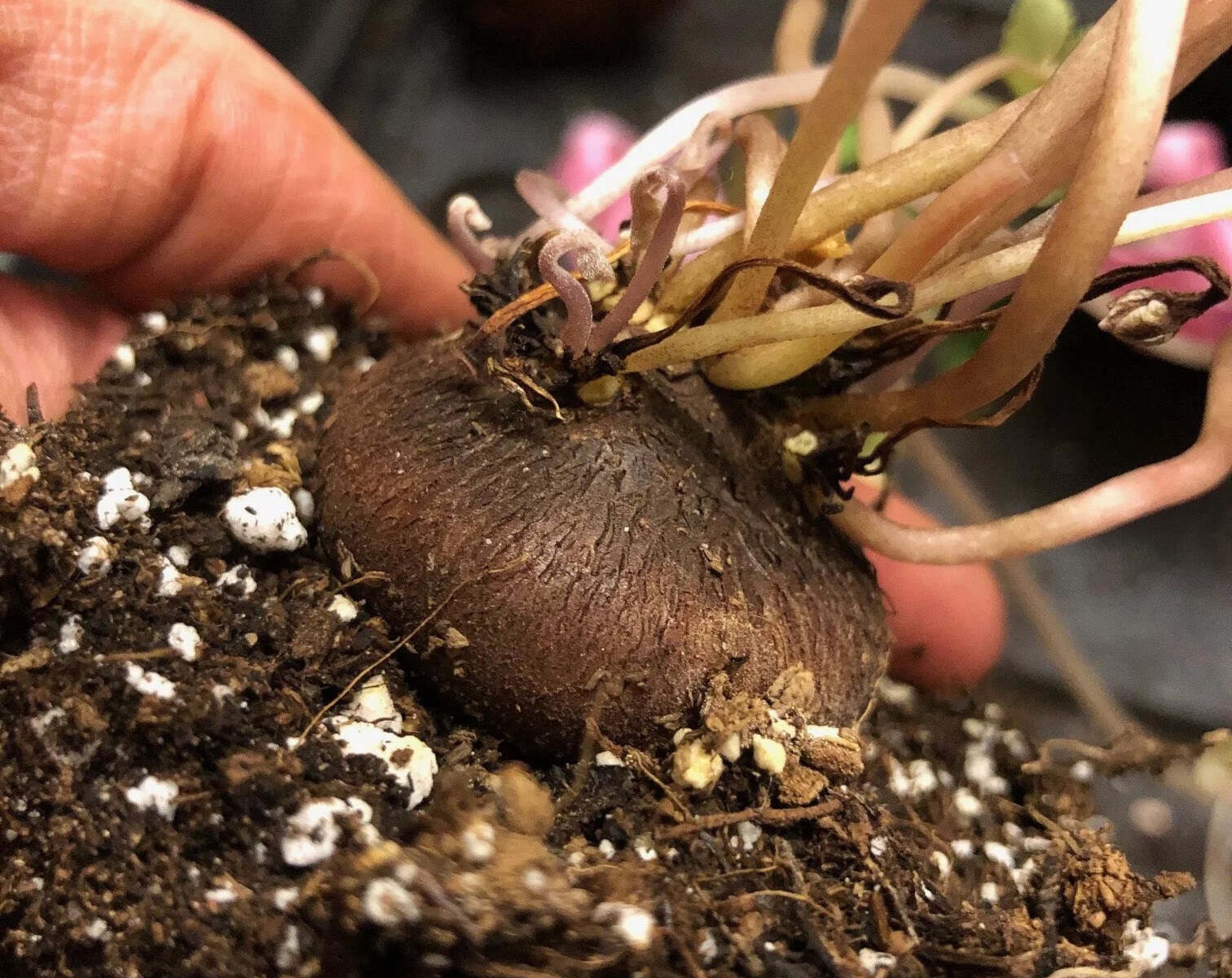
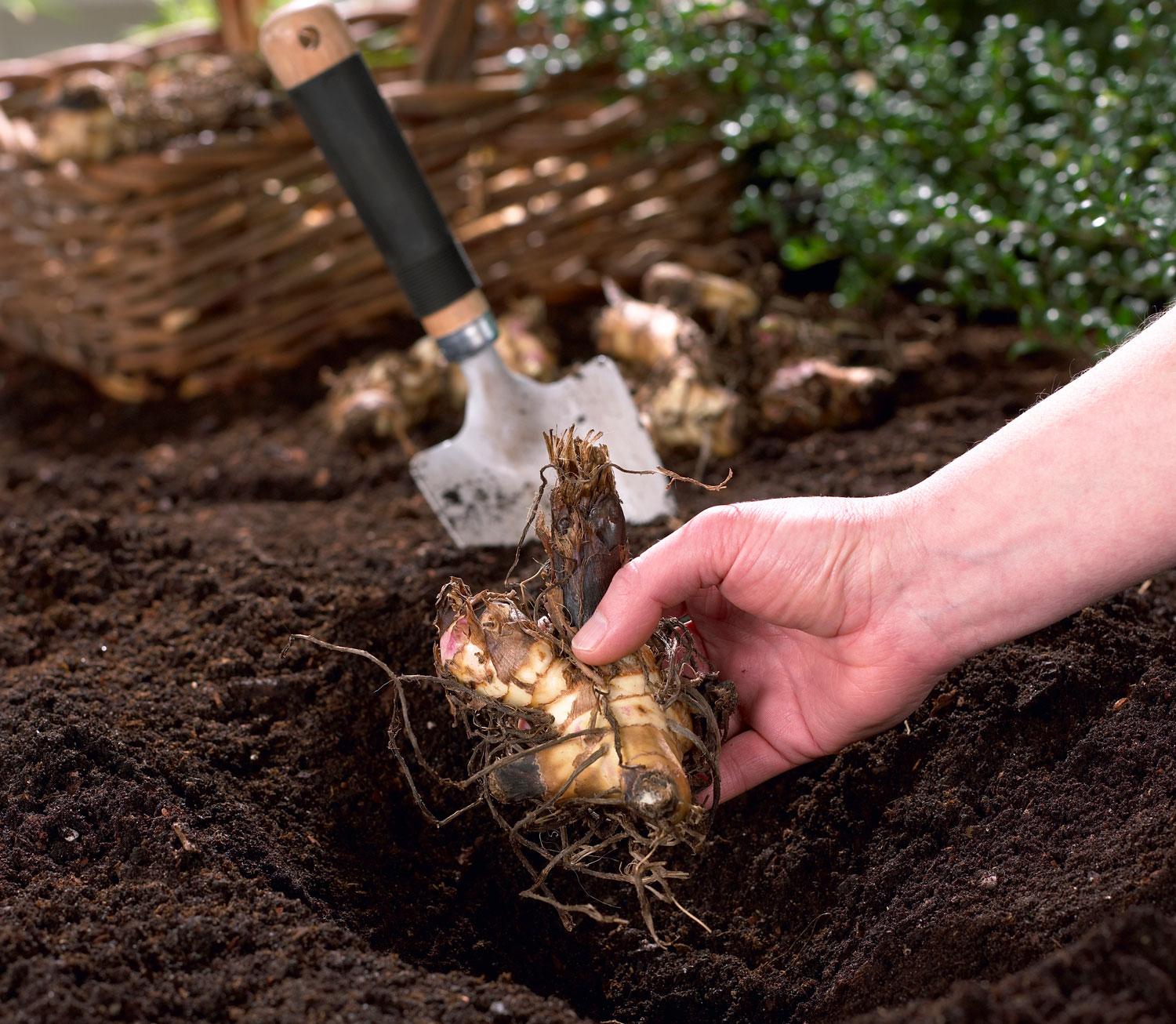
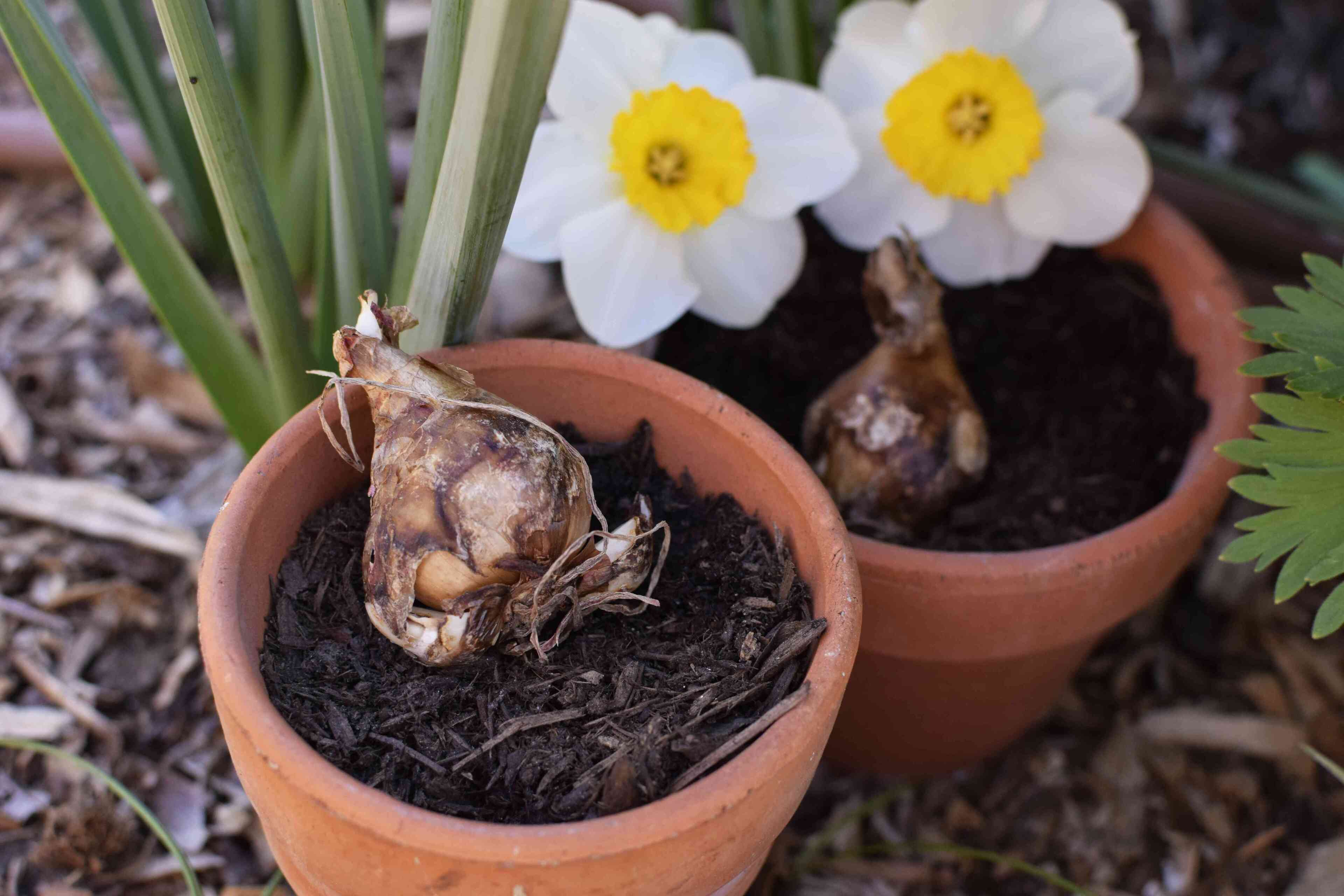
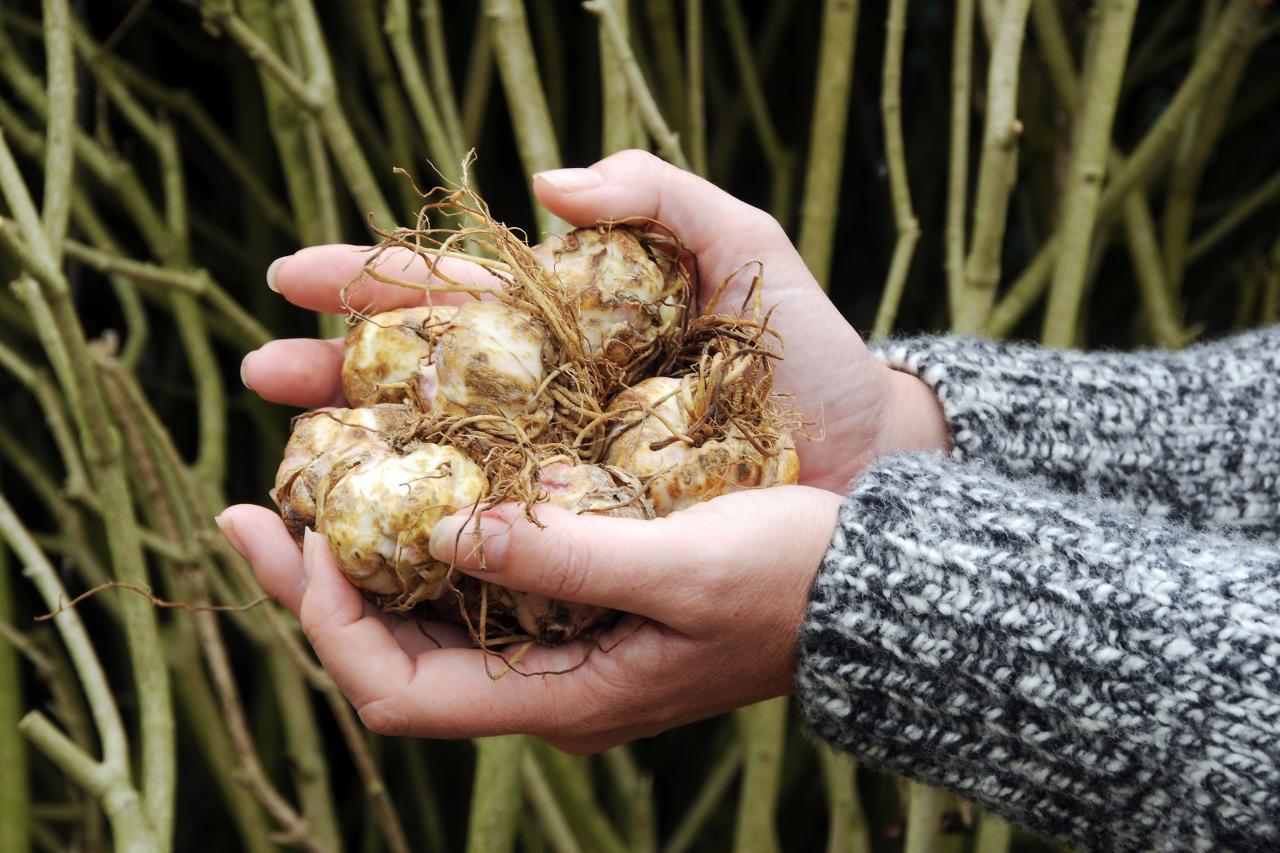

0 thoughts on “How To Store Lily Bulbs”